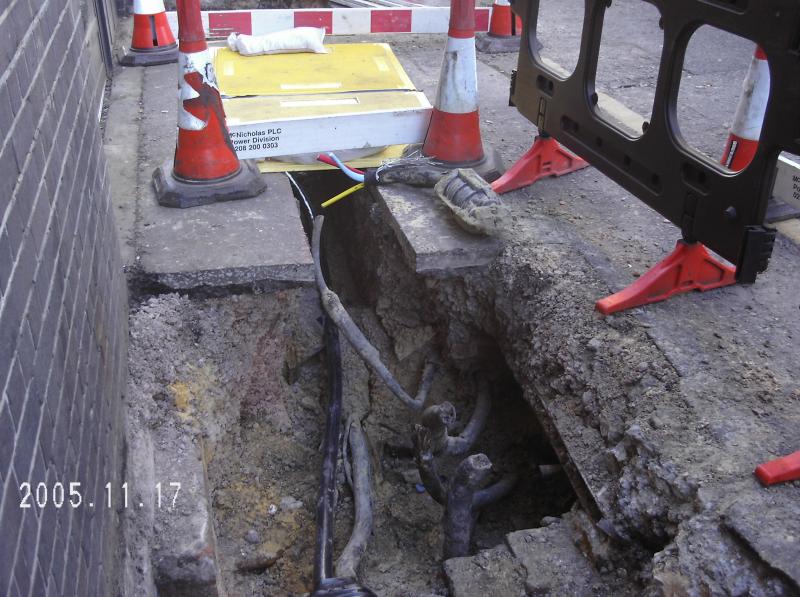There are two issues: - the loss of the neutral in the 3 phase part of the system which leads to the risk of higher than normal voltages between live and "floating" neutral.
The loss of the neutral between the 3 phase main and the property which can result in all bonded metalwork being live at supply voltage. This can also occur in the first scenario.
The aim of the bonding is to produce one of these
http://en.wikipedia.org/wiki/Faraday_cage
so that within the house all should be safe.
Of course stepping outside the "cage" could put folk in the position of receiving a shock and as related by touching outside taps etc.
As regards petrol stations AFAIK the pipe work and tanks are metal so if bonded to a PME earth will turn into a superb earth rod following the loss of a neutral, this increases a risk of heat and or sparks near a rather explosive liquid!
Caravans are made usually of aluminium, so it the neutral comes live the whole caravan is live and a huge risk to anyone that touches it, same applies to metal hulled boats.
The loss of the neutral between the 3 phase main and the property which can result in all bonded metalwork being live at supply voltage. This can also occur in the first scenario.
The aim of the bonding is to produce one of these
http://en.wikipedia.org/wiki/Faraday_cage
so that within the house all should be safe.
Of course stepping outside the "cage" could put folk in the position of receiving a shock and as related by touching outside taps etc.
As regards petrol stations AFAIK the pipe work and tanks are metal so if bonded to a PME earth will turn into a superb earth rod following the loss of a neutral, this increases a risk of heat and or sparks near a rather explosive liquid!
Caravans are made usually of aluminium, so it the neutral comes live the whole caravan is live and a huge risk to anyone that touches it, same applies to metal hulled boats.



